I did some countertop dining at a nice restaurant that specializes in ‘open fire’ cooking recently, and while chef-watching, I couldn’t help but notice that clearly they weren’t cooking with the same sort of overly smoky charcoal I’m loading into my BBQ on a summer weekend.
It got me to thinking — what kind of fuel should I be using for my grill to elevate my outdoor cooking game? To find out, I reached out to one of my favorite Japanese grills in London, Mayfair-based NIJŪ, to learn a little bit about how fine dining elevates the art of the BBQ. The restaurant cooks on Japanese Konro grills, and, as it turns out, arguably the best of the best charcoal is actually Japanese, too. Called ‘binchotan’, it’s a high-quality charcoal with particular qualities that not only help improve how you cook on the grill, but the overall flavor of the food, too.
“The type of charcoal makes a huge difference in Japanese grilling and cooking,” Chris Golding, executive chef at NIJŪ, explains. “We use a mix of charcoal, briquettes, and binchotan — these burn at a high temperature, they get much hotter than regular charcoal, and create a pure and focused heat. It produces minimal smoke and has a clean, subtle aroma,” he adds.
You may like

Ingredients are cooked on a Japanese ‘Konro’ grill at NIJŪ
(Image credit: NIJŪ)
Binchotan, in particular, is usually associated with Japanese Konro grills, the style used at London restaurant NIJŪ, but it could also be utilized for more traditional BBQs for those with larger culinary goals than cremating burgers on a summer’s day.
“Due to the burning temperature being high, the charcoal is also odorless and flavorless so as not to affect any of the flavor profiles across the ingredients, meat, and fish we use,” Chris explains. Cooking on good charcoal improves the texture of ingredients, too. “When a charred effect on the outside is created, it retains moisture on the inside. A beautiful ‘BBQ’d’/chard-like casing,” the chef adds.
Made, traditionally, from Japanese oak, it undergoes a slow production process that produces the dense, smokeless charcoal. The downside to this? Binchotan is more expensive than your standard charcoal, though it does last longer.
However, you could also take this as your opportunity to switch things up, and try your hand at a Konro grill, instead. They’re relatively inexpensive, compact (meaning less charcoal needed), and, dare I say it, actually quite aesthetic. The reason they’re used by restaurants such as NIJŪ is that they cook on a high heat, and seal in moisture and flavor.
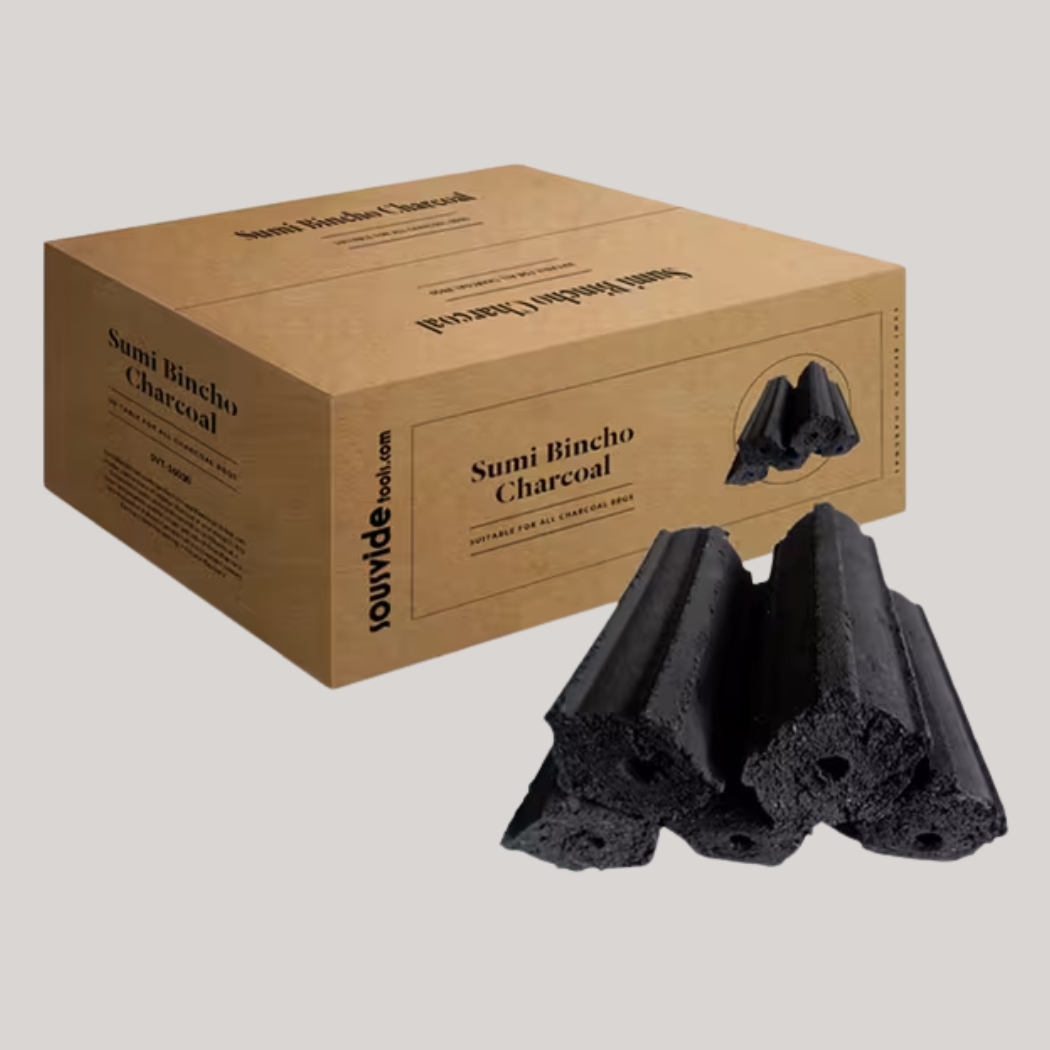
Kasai
Kasai Sumi Bincho Bbq Charcoal, 10kg

Emma Basic
Emma Basic – White Charcoal Binchotan 10kg | Konro Grill Charcoal | Smoke- Free | Odour-Free | Longer Burning
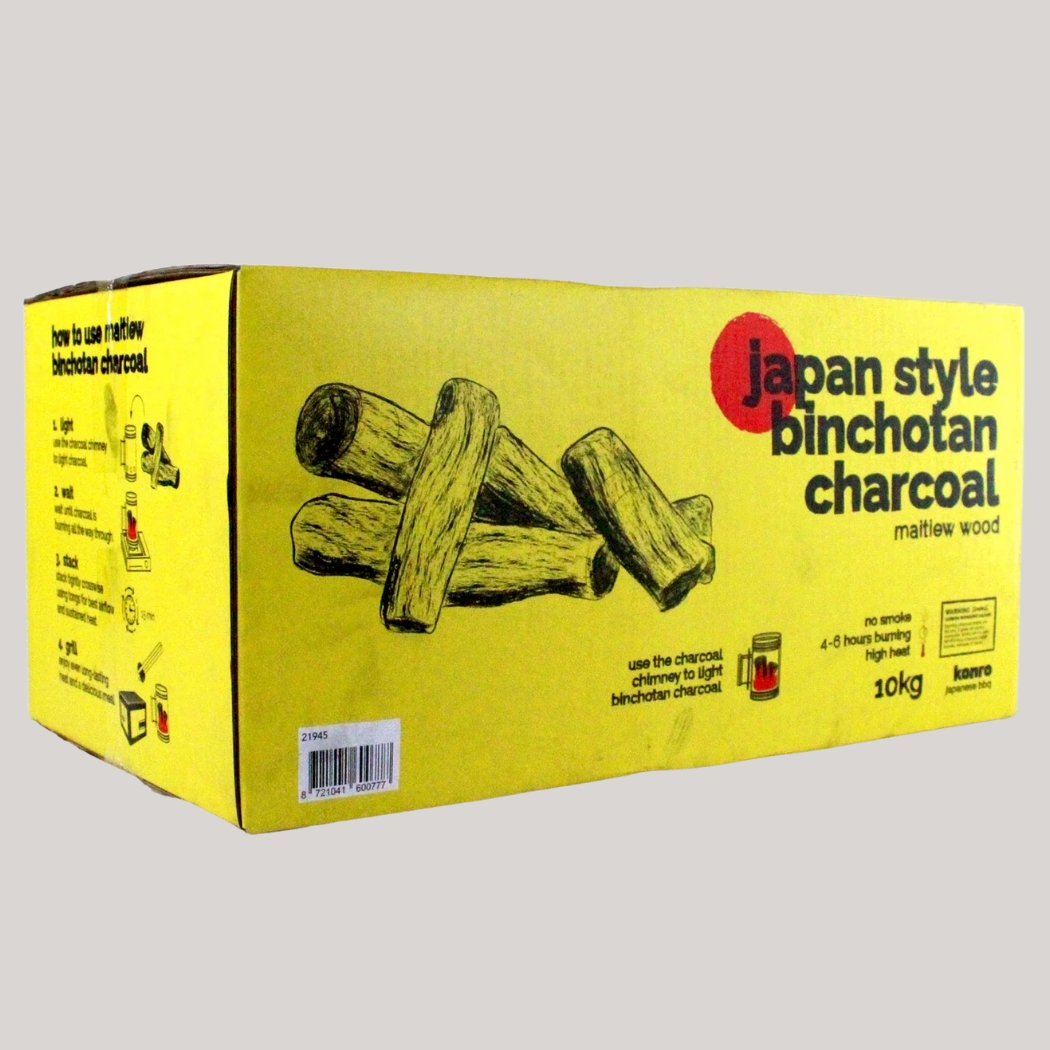
The Wasabi Company
Japanese-Style Binchotan from Vietnam 1kg
So, you’ve ordered your binchotan to experiment with for your next BBQ, but it still requires a little skill behind the grill to make the most of it. Any tips, Chris?
“The technique we prefer is to grill our produce long and slow,” the chef tells me. “When cooking steaks specifically, they should be turned consistently so that the piece of meat is cooked evenly. The more experience I have had with cooking steak, the more important it is to cook it in an equal manner. Movement is key,” he says.
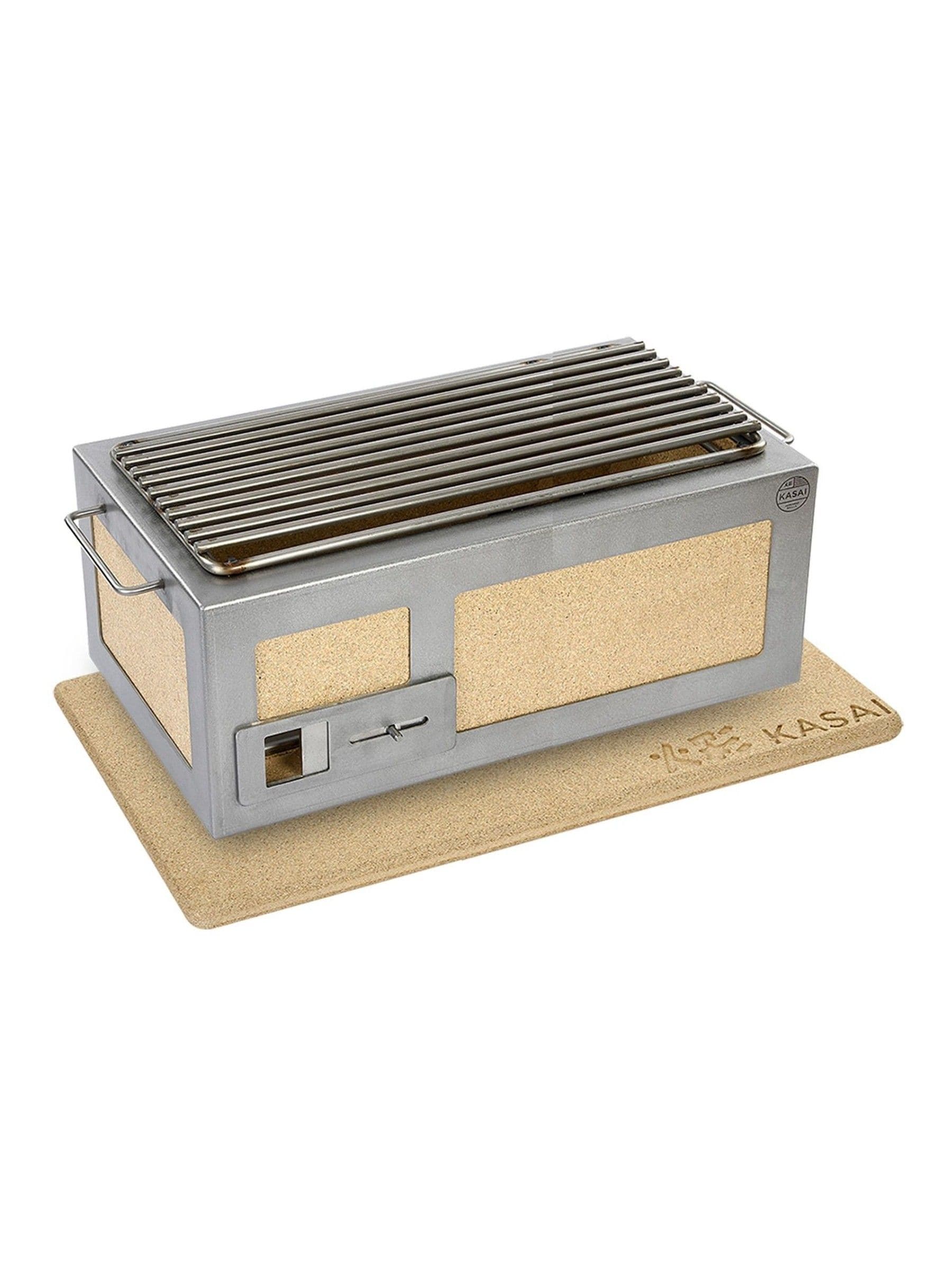
Kasai Grills
Silver Medium Long Konro Grill Bundle
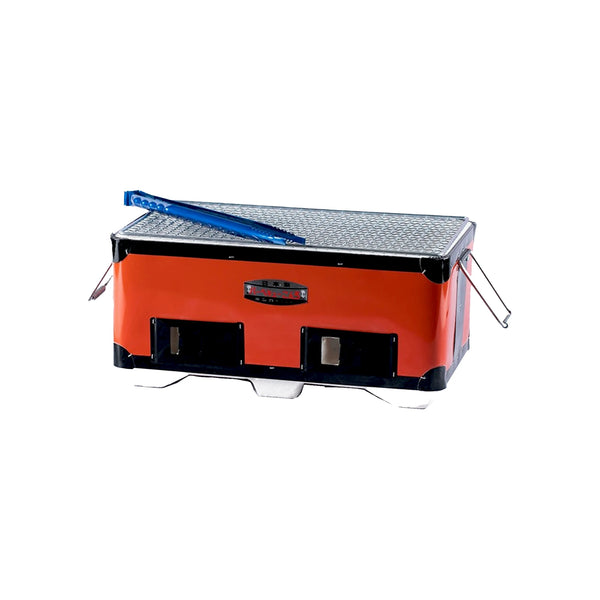
The Wasabi Company
Konro Grill in Red
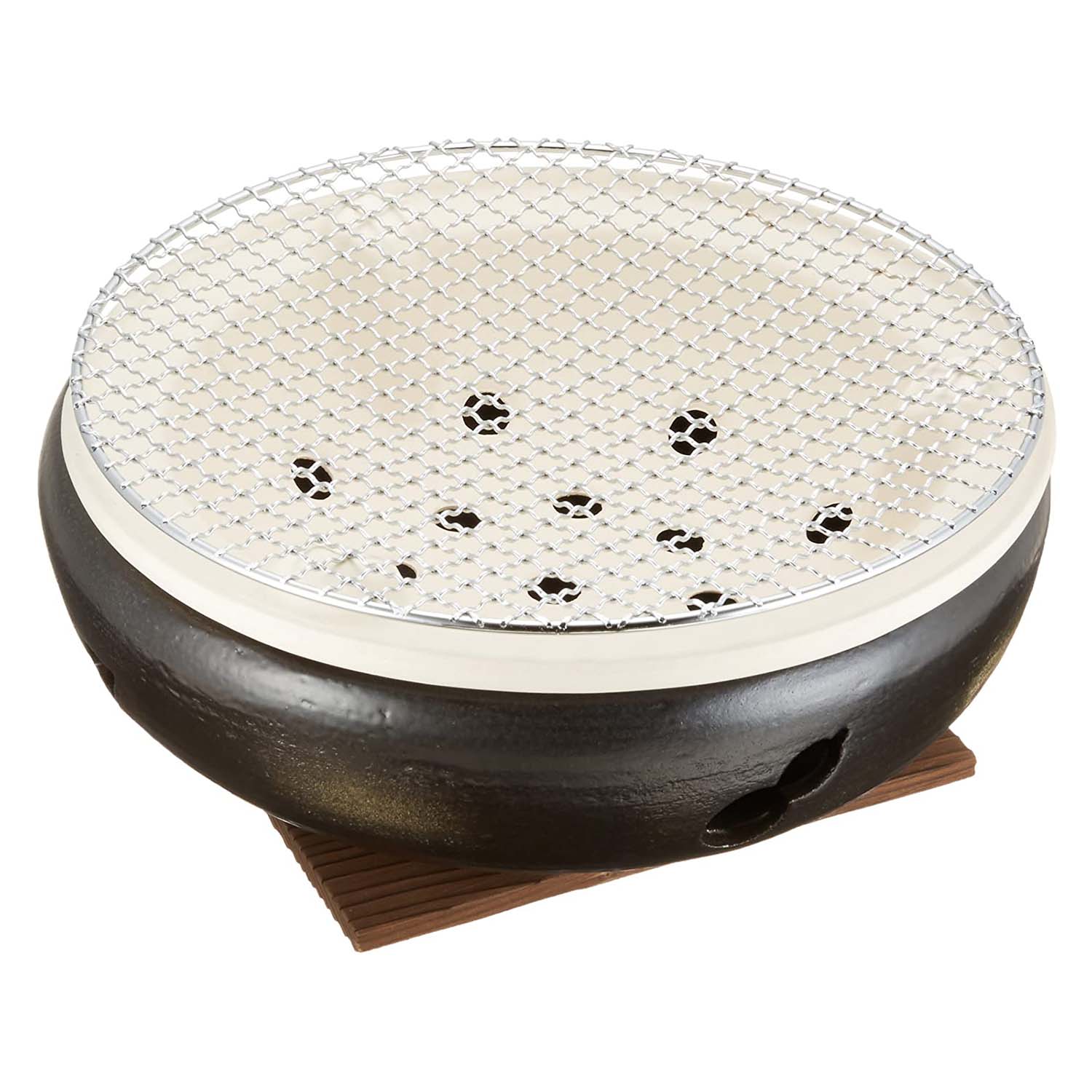
Kiichin
Asahisunred Ceramic Konro Grill


AloJapan.com